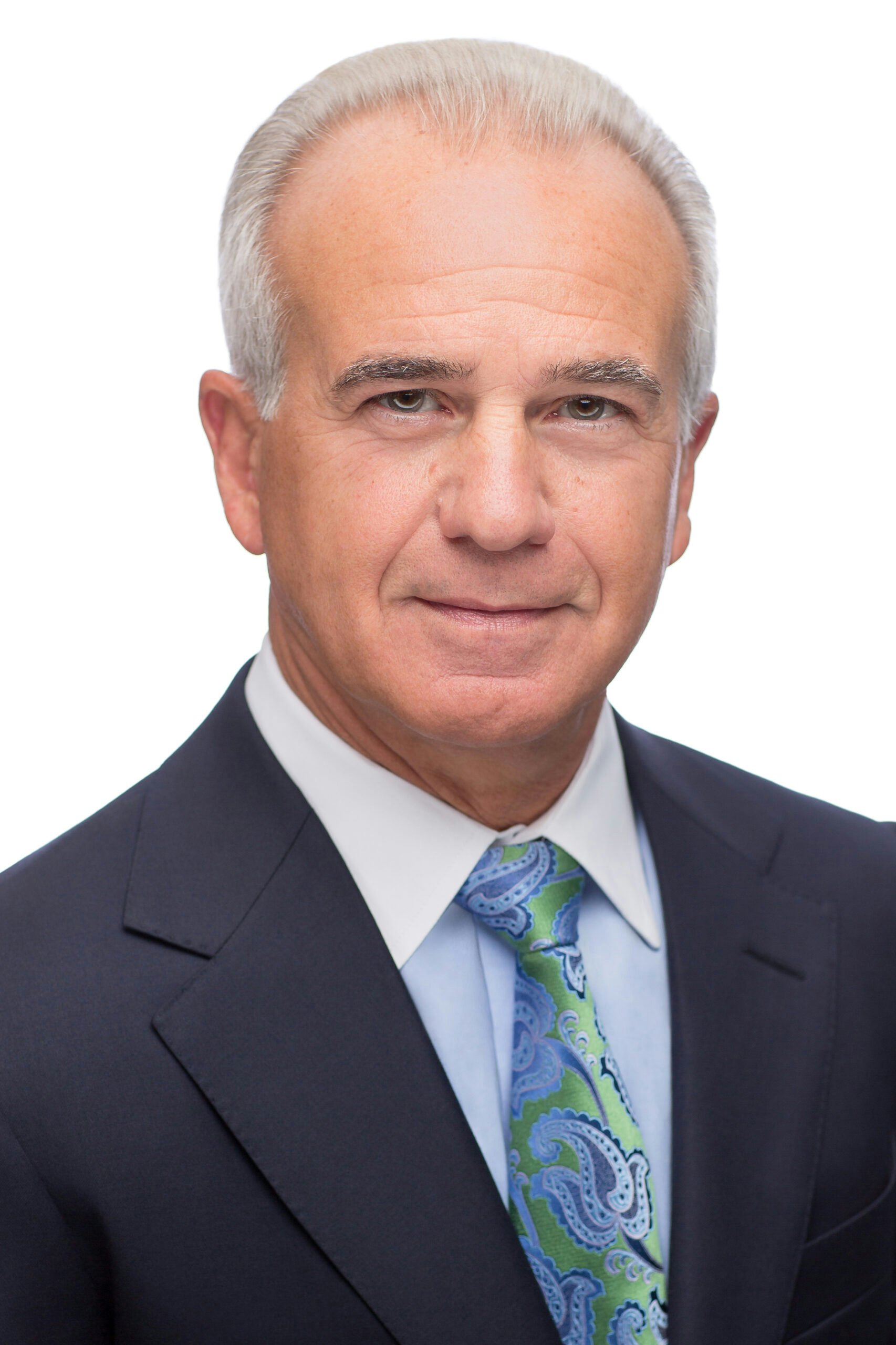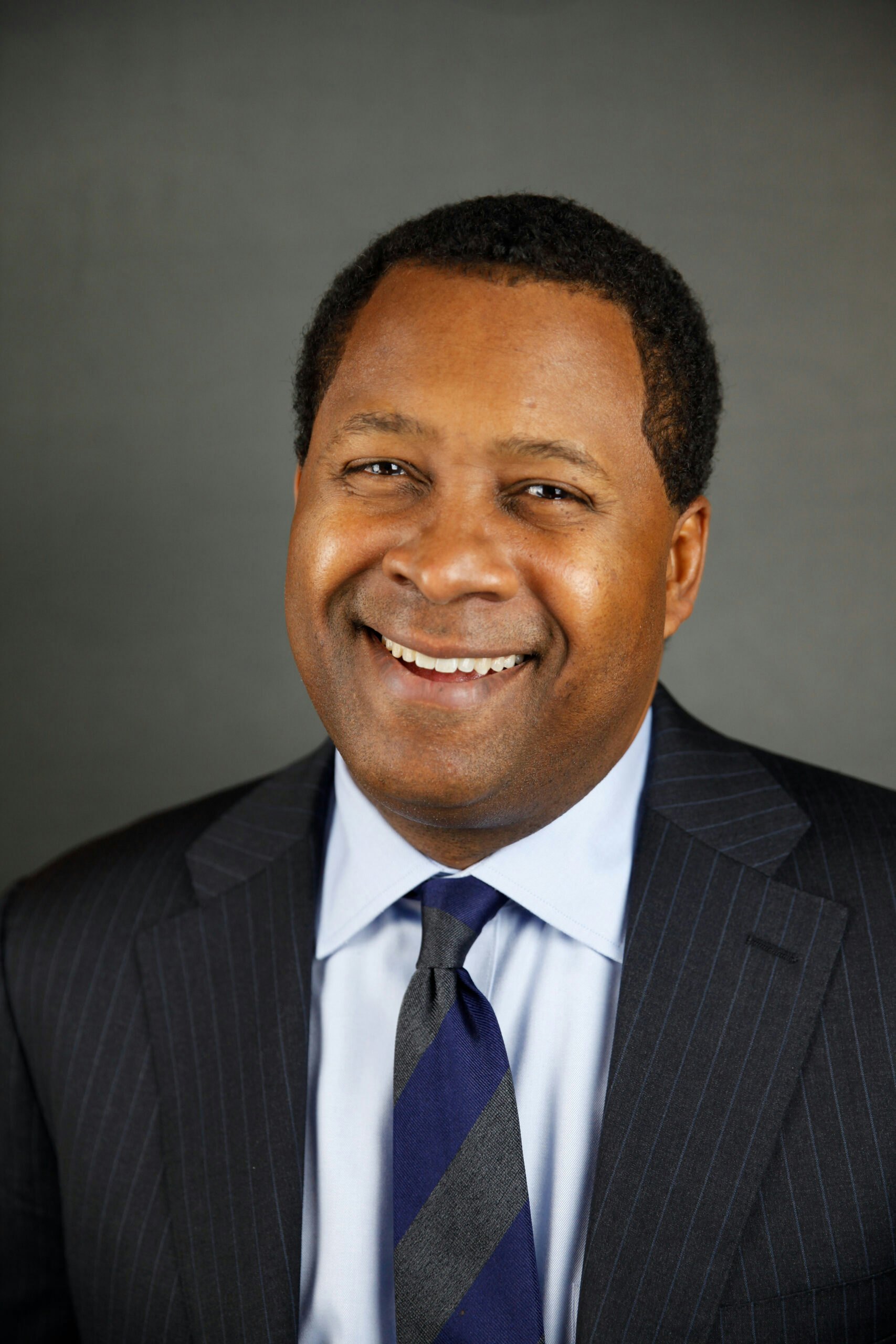Self-described “philanthropy nerd” Angela Landers joins us this month to reflect on her career journey, which recently took her to Arnold Ventures. She describes leadership lessons learned from President Bush, Secretary Margaret Spellings and the many talented women who influenced her during her time at the Department of Education (DoEd) as No Child Left Behind Outreach Coordinator, later as Special Assistant to Secretary Spellings and always – as a true culture carrier and spirit-lifter at DoEd. Landers offers her insights on the role philanthropy can play in addressing the nation’s toughest problems and some sound advice for young people wanting to work in D.C.
Q: You recently made a career switch, moving to Arnold Ventures after nearly 14 years at the D.C.-based PR and comms agency GMMB. We’re always interested in how BCAers manage their careers. What was your thought process behind the move?
I joined GMMB in 2010 thanks to Samara Yudof Jones (DoEd), who recruited me to work there with her. She and I had worked together at the Department of Education in 2004, and she told me GMMB was a great communications firm in Georgetown with a philanthropy practice. I was there for 14 wonderful years, supporting a variety of philanthropists and family foundations. It kept me in the public policy space given the majority of those philanthropies were investing in causes like K-12 education, health care, climate change, clean energy, biomedical research and other issues that involved Capitol Hill and The White House.
My passion for philanthropy began in 2008 after I left the Bush Administration and joined the Bill & Melinda Gates Foundation. They had just invested $60 million in an education policy project alongside the Eli and Edythe Broad Foundation. I had the opportunity to see how quickly philanthropy could impact public policy. Then in 2008, I remember reading about the Laura and John Arnold Foundation (now called Arnold Ventures) launching and I kept my eyes on the type of work they were doing. I always knew that I wanted to return to being in-house at a philanthropy and find a place where I could use my past experiences in Washington, D.C.
Q: Can you tell us about your work at Arnold Ventures?
I am extremely honored to have recently joined this impressive philanthropy. We are a team of about 130 subject-matter experts headquartered in Houston with offices in New York and Washington, D.C. The philanthropy’s focus areas include higher education, criminal justice, health, infrastructure, and public finance, advocating for bipartisan policy reforms that will lead to lasting, scalable change. I am the Director of Public Relations on the communications team in Houston. My role involves executing communications strategies across a variety of public policy issues that support the philanthropy’s mission and vision.
Q: What role should philanthropy play today in solving the toughest problems and moving our country forward?
I am a complete nerd for philanthropy. I love reading history about the role philanthropy has played since the 1800s to improve lives and change human behaviors. I learned recently that between 1883 and 1919, Andrew Carnegie funded the construction of over 1,500 public libraries across the United States, reducing the costs of accessing knowledge for millions. A new paper released a couple months ago studied the effect of these libraries on innovation. It said, “patenting in recipient places increased on average by 10-12% in the 20 years following library construction relative to a novel control group of cities that applied for but did not build libraries. We show that access to scientific knowledge and increased collaboration opportunities are possible mechanisms.” Isn’t that so cool!? Something a philanthropist did took 20 years to demonstrate its full effect, but it would not have happened without the generosity of a philanthropist. The government certainly didn’t step in at that scale.
The government can only do so much. It can’t take the risks and big bets that many philanthropists are willing to take. I’ve worked with some incredibly brave philanthropists who have taken powerful action and invested in research and approached public policy in ways that we know the government could never use taxpayer dollars on. Currently, there are over $1 trillion dollars in philanthropic assets available in the U.S., with much of that being untapped. We need more experts supporting philanthropists, and we need to train more individuals to work in this field and see the role philanthropy can play alongside the government to move our country forward. I believe we also need new regulations and reform around Donor-Advised Funds to help philanthropists get dollars out the door to groups and populations in need. In my experience, the majority of philanthropists I have worked with are looking for ideas and solutions. They just need trusted experts and teams in place to support them.
Q: You took on many roles in your time at the U.S. Department of Education, including traveling with Secretary Margaret Spellings. I was privileged to be part of that crew for about a year. I remember lots of hard work and lots of fun – what do you remember about those days and what leadership lessons from Secretary Spellings continue to serve you today?
Yes, I have wonderful memories with you and others traveling alongside Secretary Margaret Spellings. After 9/11, cabinet members were each assigned a travel aide. We liaised with the U.S. Secret Service, The White House, Capitol Hill, governors, their staff and even their families at times. The leadership lessons I acquired in this role are endless, but one lesson that I always took with me is how Secretary Spellings built relationships with both Democrats and Republicans to get good public policy done. I was a young, 22-year-old aide at the time, in the back of those black Suburbans listening to her calls with Senator Ted Kennedy, Senator Mike Enzi and others. She didn’t always agree with any particular member, but she was approachable and open to talking. We didn’t have a hard time reaching Senator Kennedy. He answered her calls. I believe this is because she respected both parties and built strong relationships that fostered good decisions.
When Hurricane Katrina hit New Orleans in 2005, I will never forget the conversations she had with various Congressional members on Capitol Hill to get immediate funding out to states and get schools up and running. We knew from research that getting families and kids back into stable environments was the first thing to do after a catastrophic event. She called Senator Kennedy and they immediately got started. I had the privilege of joining her and President Bush on a solemn trip to New Orleans right after the hurricane struck and watched their leadership in action. I learned their calm demeanors were essential to navigating that crisis and will never forget those moments I had listening in the back of the room and taking notes about what they aimed to accomplish each day.
Q: Will you leave us with a favorite story or moment from your time at Education?
I think my favorite memories from my time at the U.S. Department of Education include the incredible women that I met, spent long hours with, and continue to spend time with and call on today. I think about Holly Kuzmich, Terrell Halaska, Townsend McNitt, Cindi Williams, Kerri Briggs, Catherine Freeman (Jaynes), Celia Sims, and the work ethic they taught me (along with plenty of giggles, of course). I remember Emily Gribble, Alycyn Keeling, Christina Wilson, Eleanor Schiff, Anne Campbell, Jessica Morfi, and the level of work they executed to get briefing documents and memos put together in the Secretary’s office.
I observed you (Kevin Sullivan), Emily Lampkin, Lauren Maddox, Katherine McLane, and Samara Yudof Jones running incredible communications shops and watched how you all managed and responded to the media. And then of course the U.S. Secret Service team who looked after me during long stretches of travel, and who became father figures to me. I am so blessed to say that all of these women and men are still in my life – 20 years later!
BONUS QUESTION: You were an intern on the Hill, then returned years later as communications director for the Small Business Committee. As much as things have changed, do you still recommend young people interested in policy, communications or politics come to Washington to gain Hill experience?
Yes, I would tell young people to jump at every opportunity you are given and make your own opportunities as well. I worked on Senator Jim Talent’s special election in 2002 as a college student at the University of Missouri. After he won that race, I was offered a summer internship in his office on Capitol Hill, and quickly accepted it. I had never been to Washington, D.C. before. That summer changed my life. After the internship ended, I knew I had to get back to D.C., but I didn’t know how.
I was persistent and refused to give up. As life can divinely plan for us, I was taking a political science class at Missouri with Mary Kertz Jones (she later went on to work at the U.S. Department of Treasury under President Bush as well). She told me her sister was in D.C. working at the Department of Education and she offered to connect me with her. In May of 2004, I had a phone interview with Emily Lampkin, who took a chance on me and hired me to work on her team. That got my foot back in the door in D.C.
Later in 2009, I had the opportunity to return to Capitol Hill with the U.S. House of Representatives’ Small Business Committee. I wanted to see how the House worked compared to the Senate. Yes, I agree with you that the Hill has changed a lot from back then (social media was barely being used by Congressional members when I was there!); however, if a young person wants to understand how laws are made and how policy decisions are determined then there is no better school for that than Capitol Hill.




























